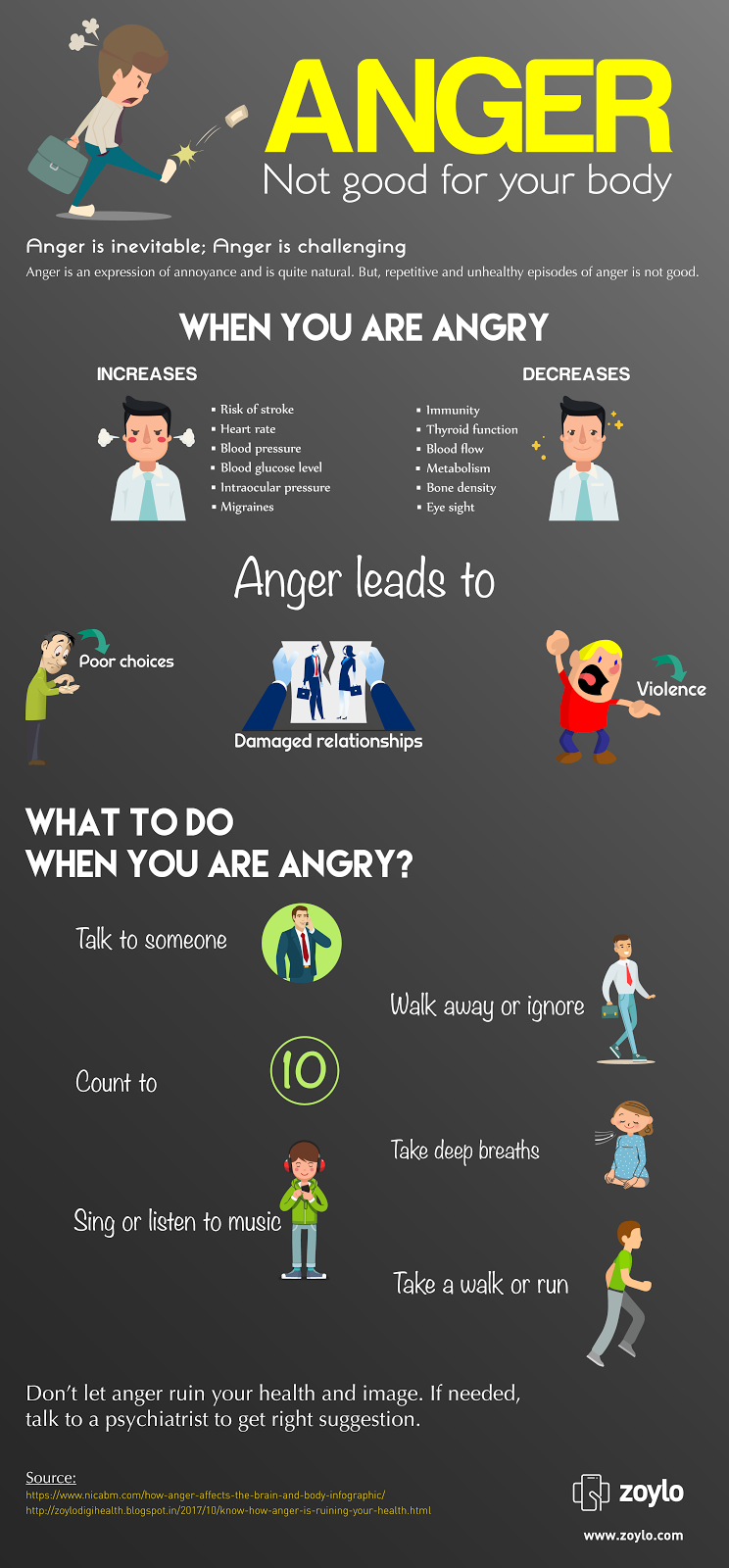Different Types Of Psychotherapy
Different Types Of Psychotherapy
Blog Article
Just How Do State Of Mind Stabilizers Work?
Mood stabilizers assist to calm locations of the brain that are influenced by bipolar affective disorder. These drugs are most effective when they are taken consistently.
It might take a while to locate the ideal medication that works best for you and your doctor will certainly monitor your problem throughout therapy. This will include regular blood examinations and perhaps a change in your prescription.
Natural chemical policy
Neurotransmitters are a group of chemicals that regulate each other in healthy people. When degrees end up being out of balance, this can result in mood conditions like anxiety, anxiety and mania. Mood stabilizers assist to avoid these episodes by aiding control the equilibrium of these chemicals in the brain. They additionally might be utilized along with antidepressants to enhance their performance.
Medicines that function as mood stabilizers include lithium, anticonvulsants and antipsychotics. Lithium is maybe one of the most well known of these medications and jobs by influencing the circulation of sodium through nerve and muscle mass cells. It is frequently used to treat bipolar disorder, however it can likewise be helpful in treating various other mood conditions. Anticonvulsants such as valproate, lamotrigine and carbamazepine are additionally efficient state of mind stabilizing drugs.
It can take a while to discover the right kind of drug and dosage for each and every individual. It is essential to collaborate with your doctor and participate in an open dialogue concerning how the medication is benefiting you. This can be especially handy if you're experiencing any adverse effects.
Ion network modulation
Ion networks are a significant target of state of mind stabilizers and several other drugs. It is now well established that they are dynamic entities that can be modulated by a range of outside stimuli. On top of that, the inflection of these networks can have a series of temporal results. At one extreme, changes in gating dynamics might be fast and instant, as in the nicotinic acetylcholine receptor/channel system. At the other end of the spectrum, covalent modification by protein phosphorylation might cause adjustments in network feature that last longer.
The field of ion network inflection is getting in a period of maturation. Recent researches have demonstrated that transcranial concentrated ultrasound (US) can boost nerve cells by triggering mechanosensitive potassium and sodium channels installed within the cell membrane. This was shown by expressed networks from the two-pore domain potassium family members in Xenopus oocytes, and concentrated US dramatically modulated the existing streaming via these channels at a holding voltage of -70 mV (best panel, loved one impact). The outcomes are consistent with previous observations revealing that antidepressants affecting Kv channels manage glia-neuron interactions to contrary depressive-like habits.
Neuroprotection
State of mind stabilizers, like lithium, valproic acid (VPA), and carbamazepine, are crucial in the treatment of bipolar disorder, which is identified by recurring episodes of mania and clinical depression. These medications have neuroprotective and anti-apoptotic homes that help to avoid mobile damage, and they additionally enhance cellular strength and plasticity in dysfunctional synapses and neural wiring.
These safety actions of mood stabilizers might be moderated by their inhibition of GSK-3, inositol signaling, and HDAC task. Additionally, lasting lithium treatment safeguards versus glutamate excitotoxicity in cultured neurons-- a design for neurodegenerative problems.
Studies of the molecular and cellular impacts of state of mind stabilizers have shown that these medicines have a wide range of intracellular targets, including several kinases and receptors, along with epigenetic alterations. Further study is needed to identify if state of mind stabilizers have neurotrophic/neuroprotective activities that are cell kind or wiring specific, and how these effects may match the rapid-acting restorative reaction of these agents. This will assist to establish new, quicker acting, a lot more reliable therapies for psychological ailments.
Intracellular signaling
Cell signaling is the procedure whereby cells interact with their atmosphere and other cells. It involves a sequence of steps in which ligands communicate with membrane-associated receptors and bring about activation of intracellular paths that regulate necessary downstream mobile features.
State of mind stabilizers act upon intracellular signaling through the activation of serine-threonine protein kinases, resulting in the phosphorylation of substratum healthy proteins. This turns on signaling waterfalls, bring about adjustments in genetics expression and cellular function.
Numerous state of mind stabilizers (consisting of lithium, valproate and lamotrigine) target intracellular signaling paths by hindering certain phosphatases or turning on certain kinases. These results create a reduction in the activity of these pathways, which results in a reduction in the synthesis of particular chemicals that can impact the mind and result in signs of anxiety or mania.
Some mood stabilizers affordable therapy additionally work by enhancing the task of the inhibitory neurotransmitter gamma-aminobutryic acid (GABA). This boosts the GABAergic transmission in the brain and reduces neural task, consequently producing a relaxing result.